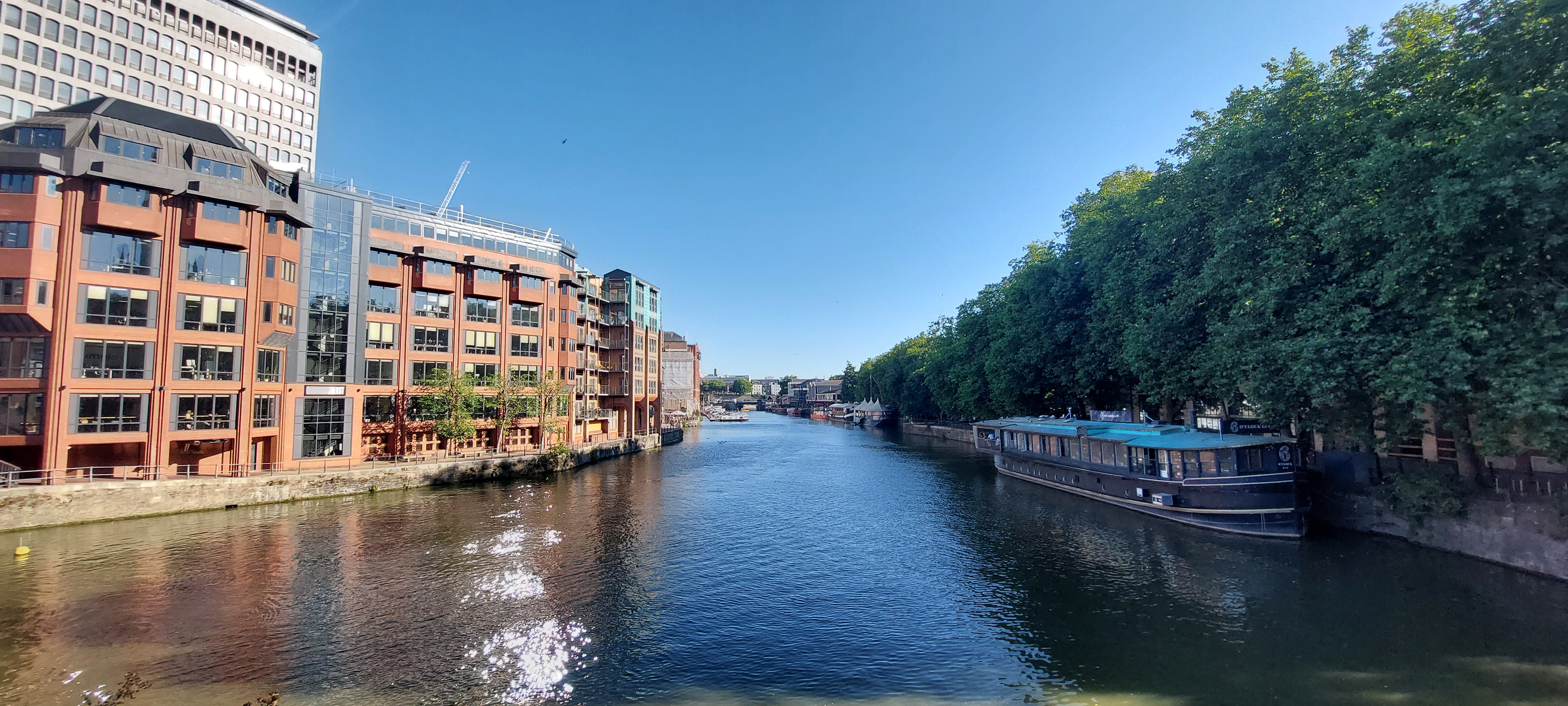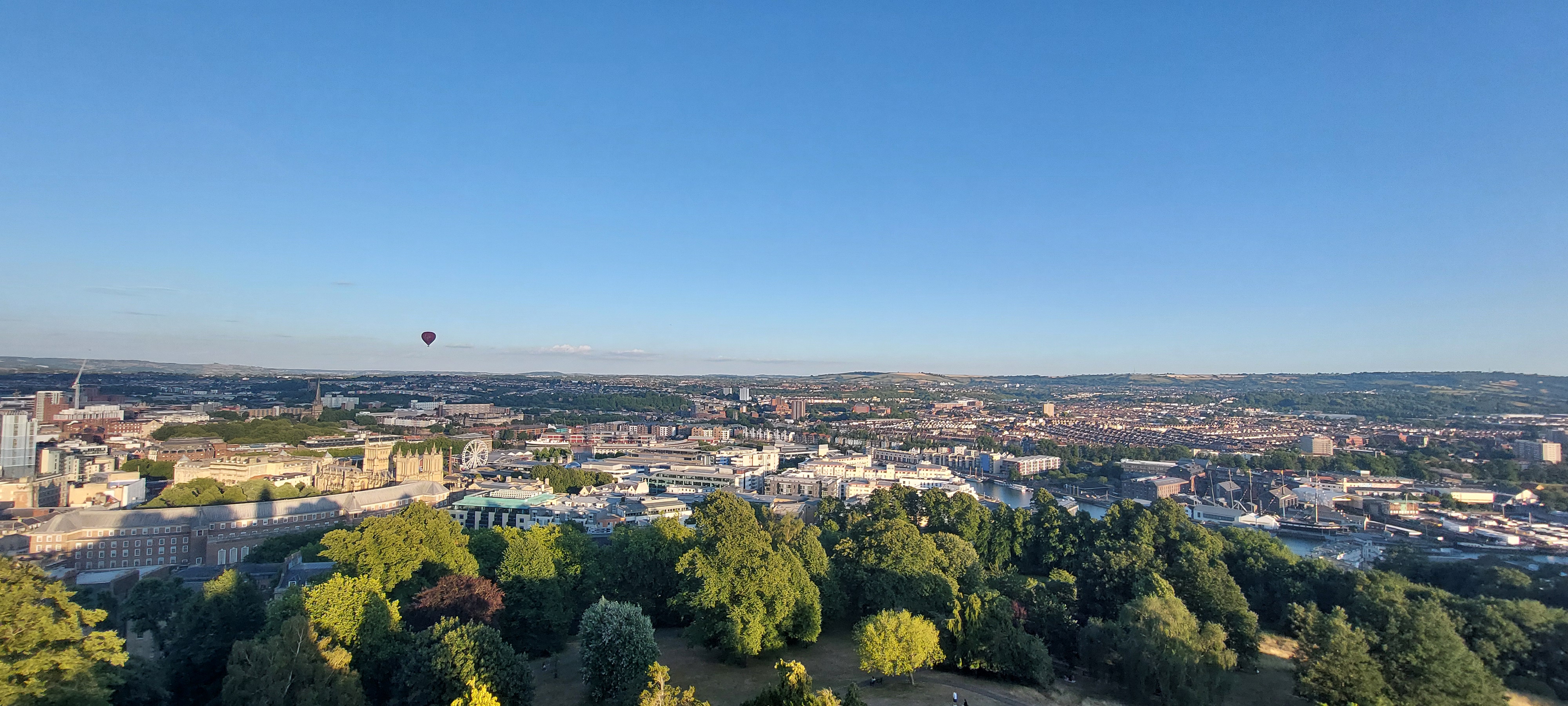Industry Visit to EDF UK – Bristol & Gloucester Facilities
I’m thrilled to share highlights from a recent two-day industry visit to EDF UK’s Gloucester and Bristol facilities, generously supported by the University of Sheffield PREP grant. This visit is part of my ongoing initiative to explore career pathways in industry as I approach the final phase of my PhD.
Summary
Day 1 – Gloucester Facility: Design and Engineering Coordination
On the 9th, I visited the Gloucester facility, which serves as the design centre for the Hinkley Point C project. I had the opportunity to speak with several brilliant specialists from the reinforcement group, all working hard to make the project a reality. It was fascinating to learn about their individual roles and how each one connects to the broader project goals.
I was given a tour of the facility and introduced to different teams involved in various aspects of the project. This was followed by a detailed presentation led by my contact person, which covered the project’s scope, targets, and expectations. One thing that stood out to me was the tremendous level of safety consideration embedded in every process. Everyone I spoke to was acutely aware of the safety protocols, and it was clear that any change—no matter how small—must go through multiple layers of safety checks before it’s approved.
If you’re reading this and wondering about the safety of the plant, rest assured: it’s safer than anything you can imagine. The level of diligence and care is truly impressive.
Day 2 – Bristol Facility: Field-Level Insights and Technical Deep Dive
From Gloucester, I moved to the Bristol facility the next day. Here, I was closer to the field, and the discussions became even more technical. It was a fully packed day with multiple presentations and deep dives into different subsystems.
The first presentation focused on safety strategy, and I had the privilege of discussing this with a top specialist who has over a decade of experience in the industry. His insights into risk management and procedural discipline were eye-opening.
Then came the HVAC session—turns out HVAC is one of the most critical parts of the entire project. The presentation explained how logic flowcharts are built using recorded failure instances from other plants. These published incidence records provides a frequentist probabilistic framework for anticipating failures and minimizing risk. It was a brilliant example of how engineering and data intersect in real-world applications.
Other presentations covered the fission process, which leaned heavily on physics and thermodynamics. (Spoiler alert: my thermophysics is a bit rusty, but I managed to follow along!) Finally, I joined a team-wide safety meeting that included case studies showing the real-world consequences of neglecting safety protocols. It was sobering and reinforced just how vital safety is in this kind of environment.
My day ended with a short tour of Bristol. The city felt alive—so many people outdoors, active, and engaged. It’s a beautiful place with a vibrant atmosphere.
Overall, the visit was an amazing experience. I’m incredibly grateful to everyone at EDF UK, especially my contact person, for their time and generosity. Huge thanks also to the PREP team at the University of Sheffield for funding and supporting this initiative.




P.S.
I did mix up my accommodation booking, which meant I spent more money on transportation and had to do a bit of damage control—but hey, it added some adventure to the trip!